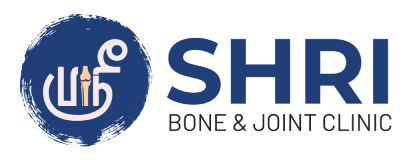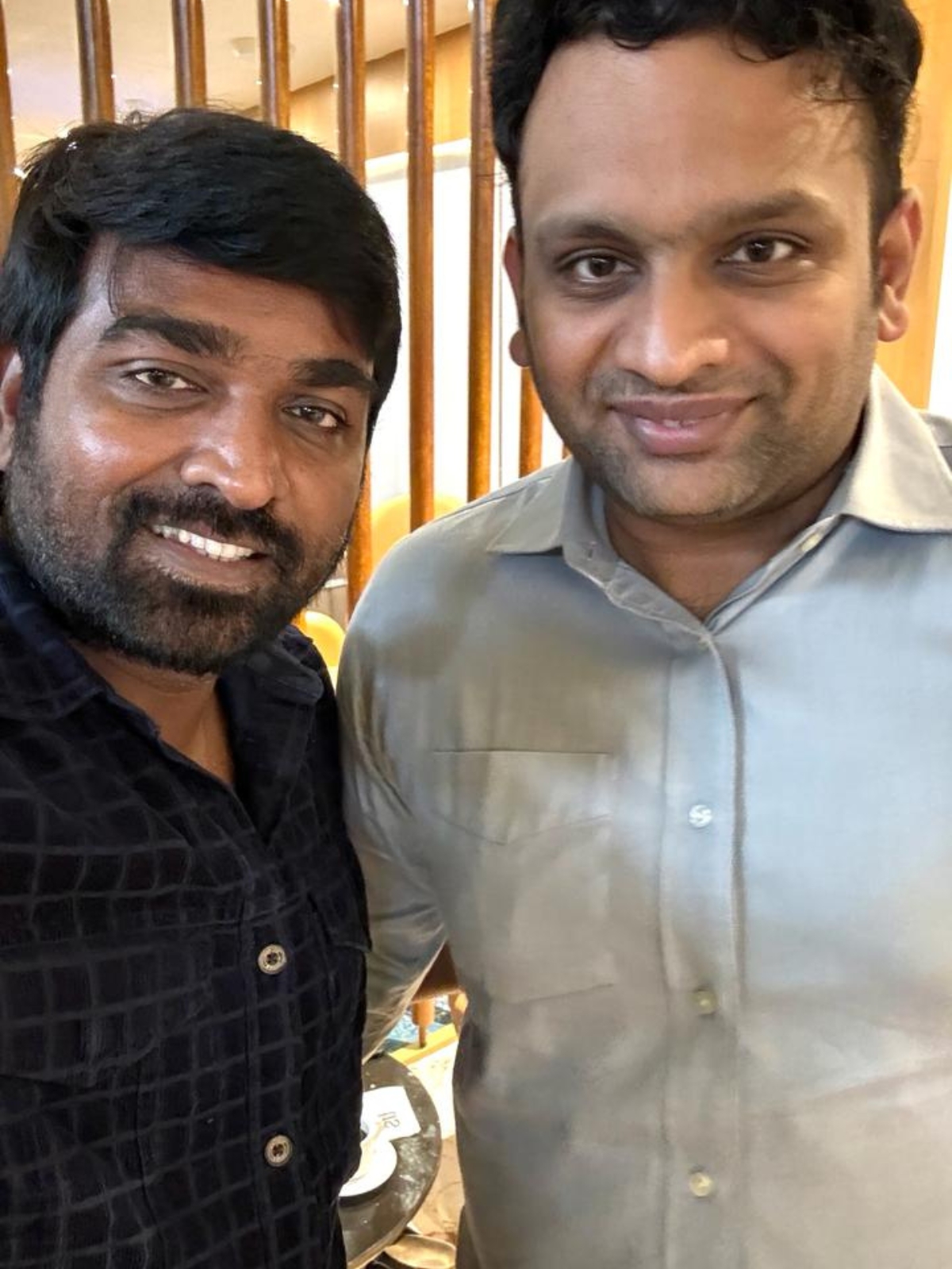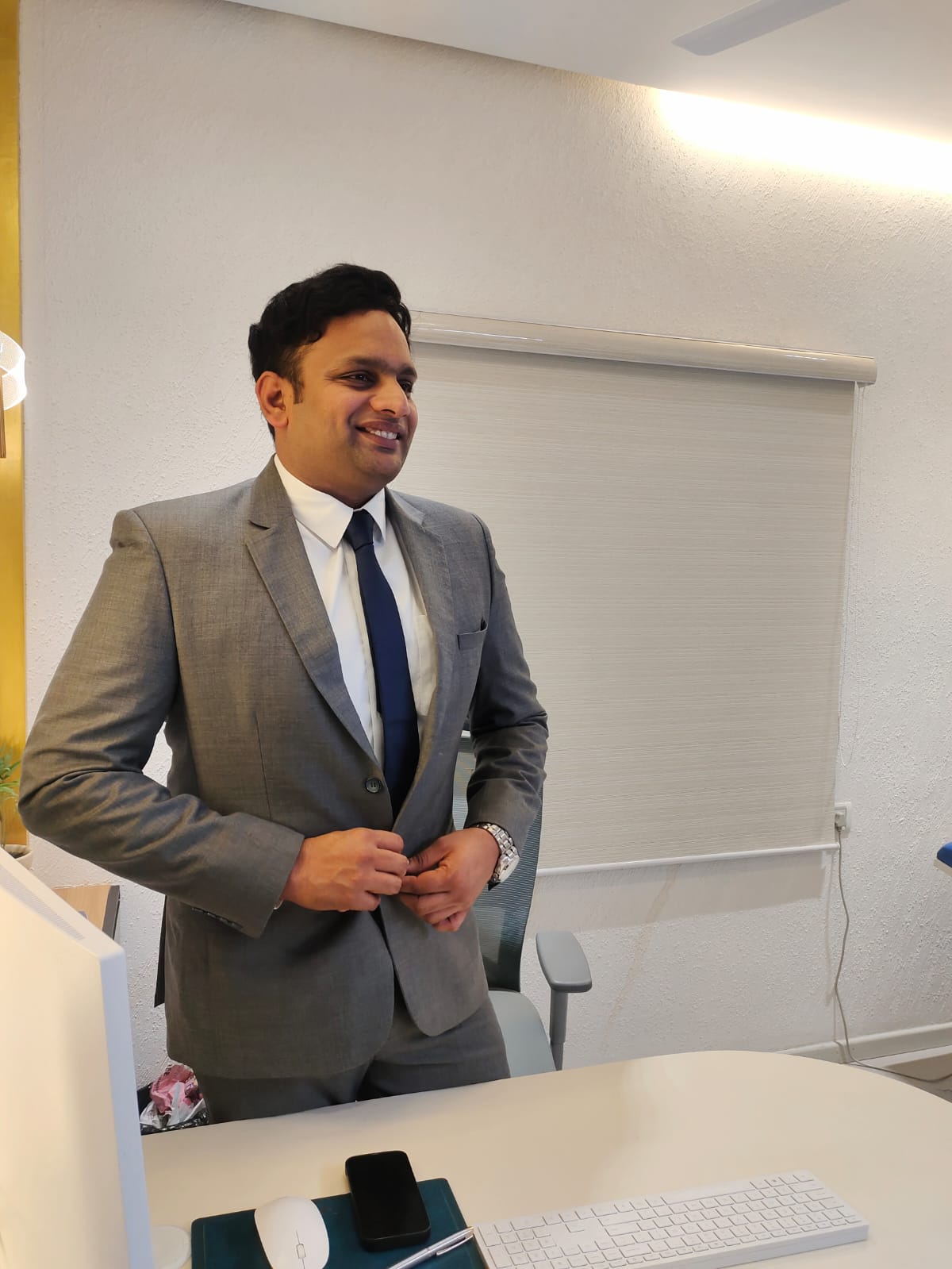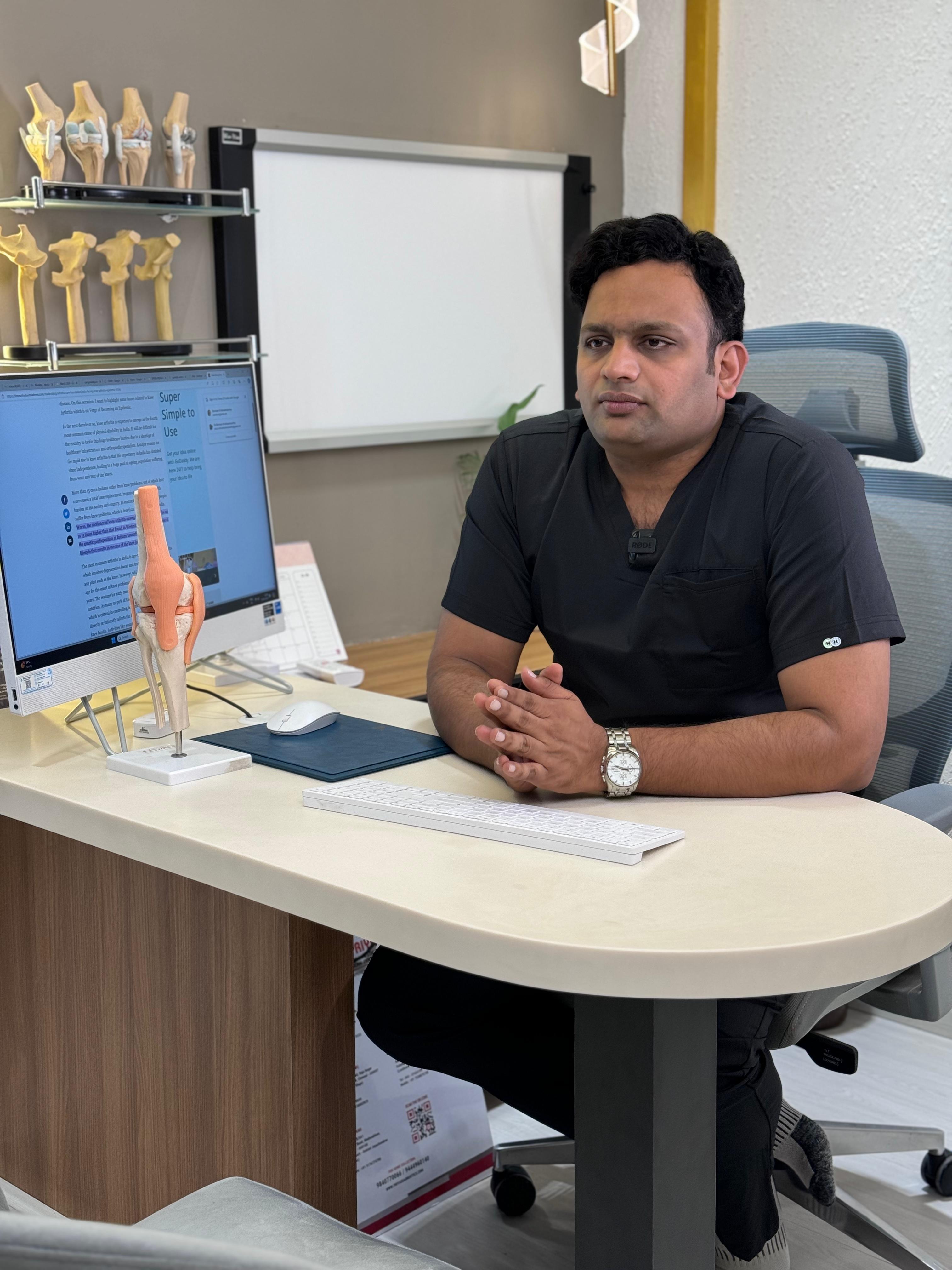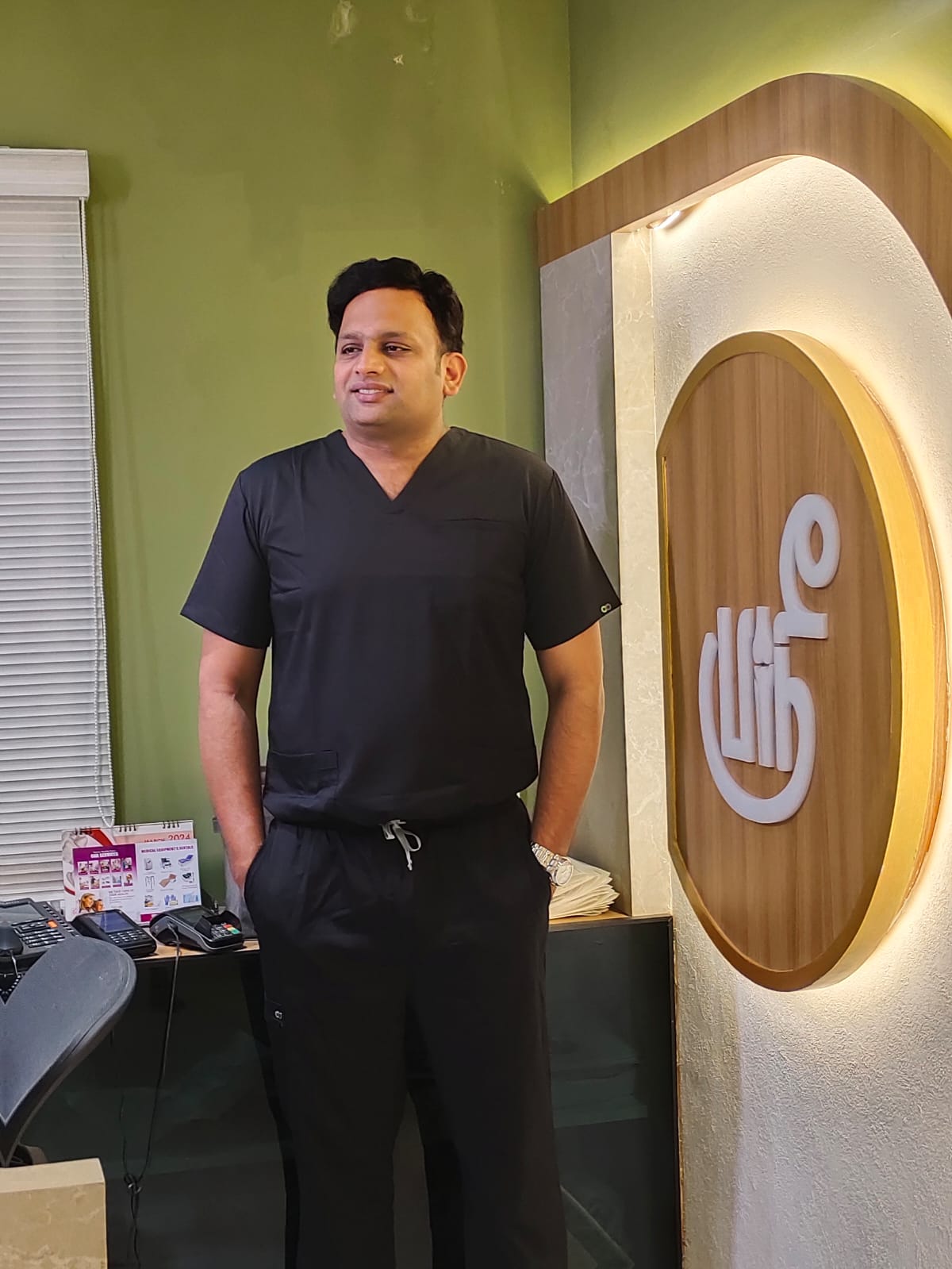What is Laminectomy?
Laminectomy is a surgical procedure involving the removal of a portion of the vertebra called the lamina. This part of the vertebra forms the roof of the spinal canal. The primary goal of a laminectomy is to relieve pressure on the spinal cord or nerves caused by conditions such as spinal stenosis, herniated discs, or tumors. By removing the lamina, the spinal canal is widened, which alleviates pressure and reduces symptoms such as pain, numbness, or weakness.
The procedure can be performed on any part of the spine—cervical, thoracic, or lumbar. Recovery time varies depending on the patient’s overall health and the extent of the surgery, but physical therapy is often recommended to help restore mobility and strength. While generally effective, laminectomy carries risks like any surgical procedure, including infection, bleeding, or nerve damage.
Symptoms Indicating the Need for Laminectomy
- Persistent pain in the back or neck that radiates to the arms or legs.
- Sensations of numbness, tingling, or “pins and needles” in the extremities.
- Muscle weakness in the arms, legs, or other parts of the body.
- Problems with balance or coordination, leading to difficulty walking or standing.
- In severe cases, compression can affect bladder or bowel function.
- Loss of sensation in certain areas, particularly the hands and feet.
Diagnostic Procedures
Diagnostic procedures for determining the need for a laminectomy typically involve a combination of medical history review, physical examination, and imaging tests. The process includes:
Medical History and Physical Examination:
- The doctor assesses symptoms and medical history and conducts a physical examination to evaluate neurological function, including reflexes, muscle strength, and sensation.
Imaging Tests:
- X-rays: Provide images of the spine’s bones to detect alignment issues, fractures, or arthritis.
- MRI (Magnetic Resonance Imaging): Offers detailed images of soft tissues, including discs, ligaments, and nerves, helping to identify areas of compression.
- CT Scan (Computed Tomography): Produces cross-sectional images of the spine and is often used with a myelogram (an injection of contrast dye into the spinal fluid) to enhance visualization.
- CT Myelogram: Combines CT scanning with a myelogram to provide detailed images of the spinal canal and nerves.
Electrodiagnostic Tests:
- EMG (Electromyography): Measures muscle response to nerve stimulation to evaluate nerve and muscle function.
- Nerve Conduction Studies: Assess the speed and strength of electrical signals in nerves to detect nerve damage.
These diagnostic procedures help pinpoint the cause and location of spinal nerve compression, guiding the decision for a laminectomy.
Conditions treated with laminectomy
Spinal Stenosis: This is the narrowing of the spinal canal, often due to aging, leading to pressure on the spinal cord and nerves. Symptoms include back pain, leg pain, numbness, and weakness.
Herniated Disc: When the soft inner material of a spinal disc protrudes through a tear in its outer layer, it can press on nearby nerves. A laminectomy can relieve this pressure and alleviate associated pain and neurological symptoms.
Degenerative Disc Disease: This condition involves the breakdown of intervertebral discs, which can lead to nerve compression. Laminectomy may be performed to remove parts of the vertebrae that are causing nerve irritation.
Tumors: Spinal tumors, whether benign or malignant, can compress the spinal cord or nerves. Laminectomy can be part of the surgical approach to remove these tumors.
Spondylolisthesis: This condition occurs when one vertebra slips over another, leading to nerve compression. A laminectomy can help create more space for the spinal cord and nerves.
Osteophytes (Bone Spurs): Bone spurs can form due to osteoarthritis and compress spinal nerves. Laminectomy can remove these spurs to relieve pressure.
Traumatic Injuries: Injuries to the spine that result in fragments of bone pressing on the spinal cord or nerves may require a laminectomy to remove these fragments and alleviate symptoms.
Preoperative Preparation
Medical Evaluation: A thorough medical evaluation, including a review of medical history, physical examination, and necessary preoperative tests (blood tests, chest X-ray, EKG), helps assess the patient’s overall health.
Medications: Patients should inform their doctor about all medications they are taking, including over-the-counter drugs, supplements, and herbal remedies. Some medications, especially blood thinners, may need to be adjusted or stopped before surgery.
Imaging Studies: Updated imaging tests, such as MRI or CT scans, are reviewed to plan the surgery and identify the exact location of the nerve compression.
Preoperative Instructions: Patients receive specific instructions, including fasting guidelines (typically no eating or drinking after midnight before surgery) and directions on which medications to take on the day of surgery.
Smoking and Alcohol: Patients are advised to stop smoking and limit alcohol consumption well in advance of the surgery, as these can affect healing and anesthesia.
Prehabilitation: Engaging in preoperative physical therapy or exercises to strengthen the back and improve overall fitness may be recommended.
Home Preparation: Arranging for help at home post-surgery, ensuring the home environment is safe and accessible, and preparing for postoperative care are essential.
Consent and Education: Patients will sign consent forms and receive detailed information about the procedure, risks, benefits, and recovery process to set realistic expectations and reduce anxiety.
The Laminectomy Procedure
Preparation: The patient is positioned face-down on the operating table, and the surgical area is sterilized. General anesthesia ensures the patient is unconscious and pain-free.
Incision: The surgeon makes an incision along the midline of the back over the affected vertebrae. The length of the incision depends on the number of vertebrae being treated.
Exposure: Muscles and tissues are carefully moved aside to expose the spine. Retractors may be used to hold these tissues out of the way.
Lamina Removal: The surgeon removes part or all of the lamina, the bony arch covering the spinal canal. This relieves pressure on the spinal cord or nerves. In some cases, bone spurs or herniated disc material causing nerve compression may also be removed.
Additional Procedures: If necessary, additional procedures such as a discectomy (removal of part of a herniated disc) or spinal fusion (joining two or more vertebrae together) may be performed.
Closure: Once the decompression is complete, the muscles and tissues are repositioned, and the incision is closed with sutures or staples. A sterile dressing is applied to the wound.
Recovery: The patient is moved to a recovery area for monitoring as they wake up from anesthesia. Pain management and vital sign monitoring are essential in the immediate postoperative period.
Postoperative Care
Hospital Stay: Patients typically stay in the hospital for one to three days, during which they are monitored for complications such as infection, bleeding, or adverse reactions to anesthesia.
Pain Management: Pain is managed with medications, including opioids, nonsteroidal anti-inflammatory drugs (NSAIDs), and muscle relaxants. Pain levels should be regularly assessed and controlled.
Activity and Mobilization: Early mobilization is encouraged to prevent complications such as blood clots and to promote healing. Patients may start with short walks and gradually increase activity levels as tolerated.
Wound Care: The surgical site should be kept clean and dry. Patients are instructed on how to care for the wound and recognize signs of infection, such as increased redness, swelling, or discharge.
Physical Therapy: A tailored physical therapy program helps restore strength, flexibility, and mobility. Exercises are designed to improve posture, core strength, and spinal stability.
Follow-Up Appointments: Regular follow-up visits with the surgeon are essential to monitor healing, remove sutures or staples if necessary, and address any concerns.
Restrictions: Patients should avoid heavy lifting, bending, twisting, and strenuous activities for several weeks for proper healing. Gradual return to normal activities is recommended based on the surgeon’s advice.
Medication Adherence: Patients must adhere to prescribed medications, including pain relievers and other drugs, to prevent complications.
Lifestyle Modifications: Maintaining a healthy weight, practicing good posture, and avoiding smoking can support recovery and prevent future spine problems.
Monitoring for Complications: Patients should be vigilant for any signs of complications, such as increased pain, numbness, weakness, or loss of bladder or bowel control, and seek medical attention promptly if these occur.
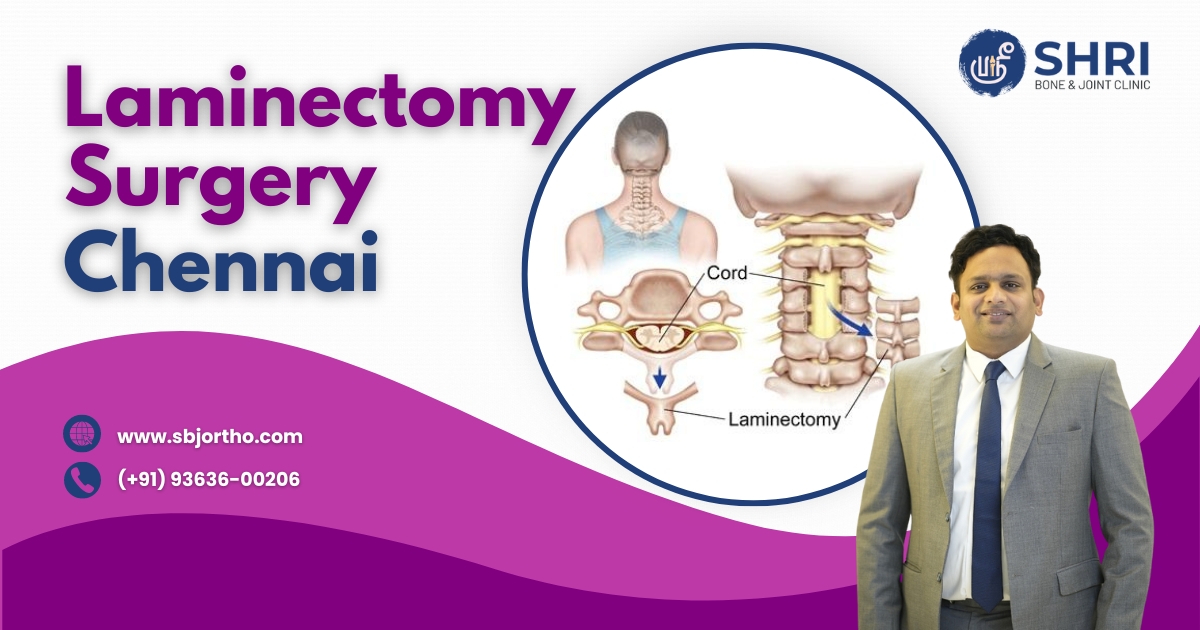
Best Hospital for Laminectomy Surgery in Chennai, India
Shri Bone & Joint Clinic in Chennai, India, is highly regarded for its expertise in laminectomy surgery. We are the Top Orthopedic Hospitals in Chennai. The clinic is renowned for its team of experienced orthopedic and spine surgeons specialising in treating complex spinal conditions. Utilizing state-of-the-art technology and advanced surgical techniques, the clinic ensures high standards of care and successful outcomes.
Shri Bone & Joint Clinic is the Top Orthopedic Hospitals in Chennai. Patients benefit from comprehensive preoperative assessments, personalized treatment plans, and meticulous postoperative care, including pain management and tailored rehabilitation programs. We have a well-experienced Orthopedic Specialist in Chennai. The clinic’s multidisciplinary approach involves collaboration with physiotherapists and pain management specialists, facilitating a holistic recovery process.
Shri Bone & Joint Clinic is committed to patient safety, comfort, and satisfaction, offering a supportive environment for patients and their families. With a focus on minimally invasive procedures and innovative treatments, the clinic has earned a reputation for excellence in spine surgery, making it a preferred choice for laminectomy surgery in Chennai.
Best Surgeon for Laminectomy in Chennai, India
Dr. Shriram Krishnamoorthy, a leading spine surgeon at Shri Bone & Joint Clinic in Chennai, India, is renowned for his expertise in laminectomy surgery. With extensive training and experience in spine surgery, Dr. Krishnamoorthy is adept at treating a wide range of spinal conditions, including spinal stenosis, herniated discs, and degenerative disc disease.
Dr. Shriram Krishnamoorthy’s approach combines cutting-edge technology with minimally invasive surgical techniques, ensuring precise and effective treatment with reduced recovery times and minimal postoperative pain. His commitment to personalized patient care involves thorough preoperative evaluations and customized postoperative rehabilitation plans, ensuring optimal outcomes and patient satisfaction.
Patients commend Dr.Shriram Krishnamoorthy for his compassionate care, clear communication, and dedication to improving their quality of life. His reputation for excellence and successful surgical outcomes makes him a top choice for laminectomy surgery in Chennai, earning him recognition as one of the best spine surgeons in the region.
Cost of Laminectomy Surgery in Chennai, India
The cost of laminectomy surgery in Chennai, India, can vary based on several factors, including the hospital, the surgeon’s expertise, the complexity of the procedure, and the patient’s overall health. The average cost ranges from ₹1,50,000 to ₹3,50,000 (approximately $2,000 to $4,700 USD).
Get the best Laminectomy Surgery at an affordable medical charge from Shri Bone & Joint Clinic in Chennai, India.
Is a laminectomy a serious operation?
Yes, laminectomy is considered a serious surgical procedure involving the spine, requiring careful consideration and postoperative care.
What is the success rate of a laminectomy?
The success rate of laminectomy for relieving symptoms of spinal compression is generally high, with effective outcomes in most cases.
Can you walk normally after laminectomy?
Yes, most patients can regain normal walking ability after laminectomy, following appropriate postoperative rehabilitation and recovery.
Does bone grow back after laminectomy?
After a laminectomy, the bone that was removed (lamina) typically does not grow back, but the spine can stabilize naturally.
How much does a laminectomy cost in Chennai?
A laminectomy in Chennai can cost approximately ₹1,50,000 to ₹3,50,000 (approximately $2,000 to $4,700 USD), depending on various factors.
Better Health Care is Our Mission
Phone
Shri Bone & Joint clinic
#1, 2nd Main Road
Nehru Nagar
Adyar
Chennai - 20.
Phone: 044 3549 0206
MGM Healthcare
No.72,
Nelson Manickam Road,
Collectorate Colony, Aminjikarai,
Chennai - 600029.
Phone: 044 4524 2424
